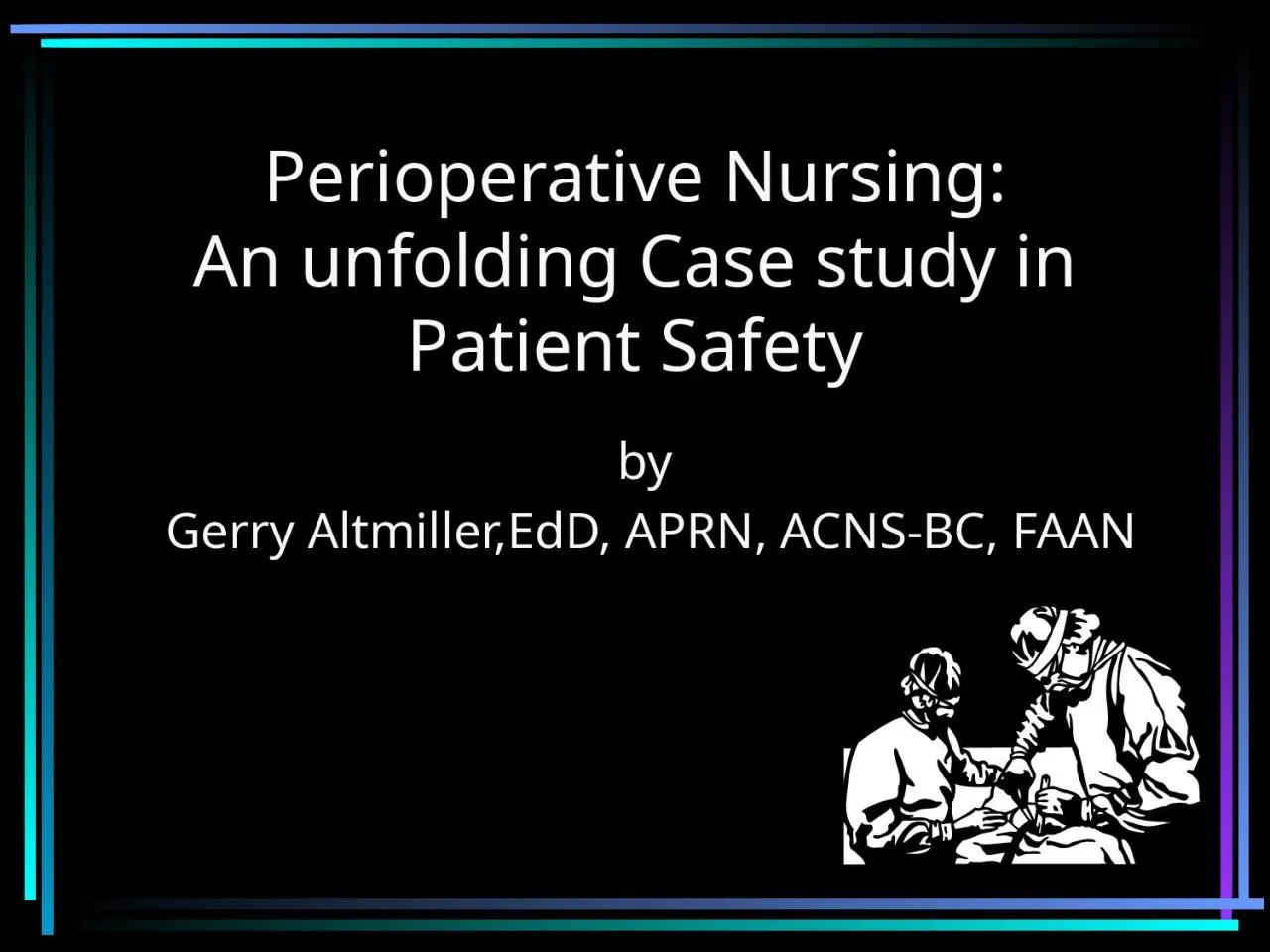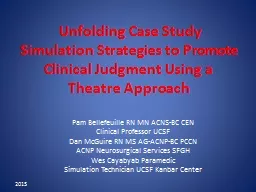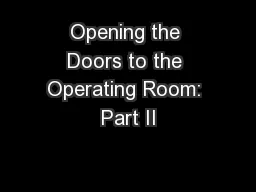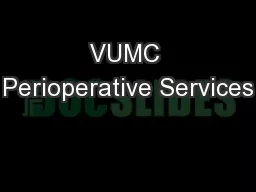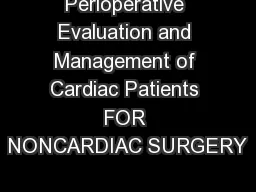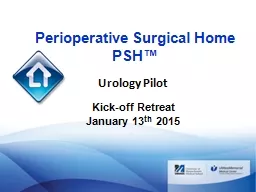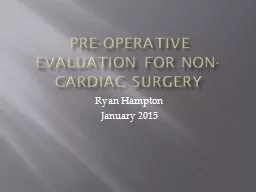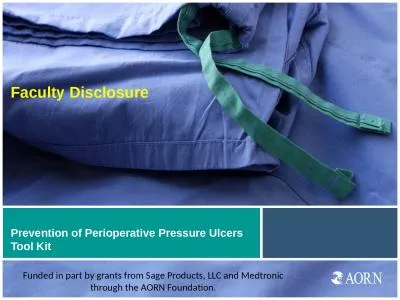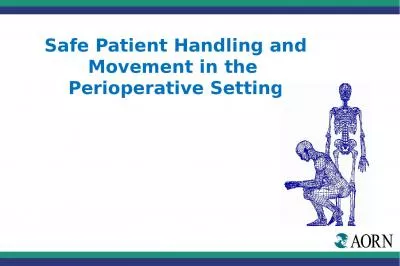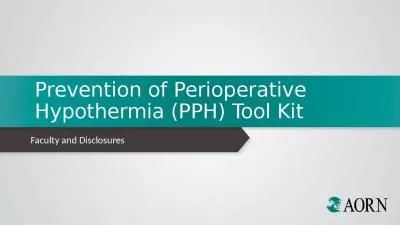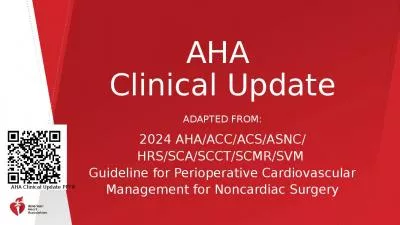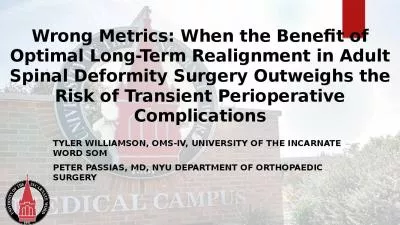PPT-Perioperative Nursing: An unfolding Case study in Patient Safety
Author : julia | Published Date : 2022-06-01
by Gerry AltmillerEdD APRN ACNSBC FAAN The Case John Egan 53 Hx of Type 1 diabetes mellitus cigarette smoking 40 pack years CAD and PVD Six weeks ago he developed
Presentation Embed Code
Download Presentation
Download Presentation The PPT/PDF document "Perioperative Nursing: An unfolding Cas..." is the property of its rightful owner. Permission is granted to download and print the materials on this website for personal, non-commercial use only, and to display it on your personal computer provided you do not modify the materials and that you retain all copyright notices contained in the materials. By downloading content from our website, you accept the terms of this agreement.
Perioperative Nursing: An unfolding Case study in Patient Safety: Transcript
Download Rules Of Document
"Perioperative Nursing: An unfolding Case study in Patient Safety"The content belongs to its owner. You may download and print it for personal use, without modification, and keep all copyright notices. By downloading, you agree to these terms.
Related Documents

